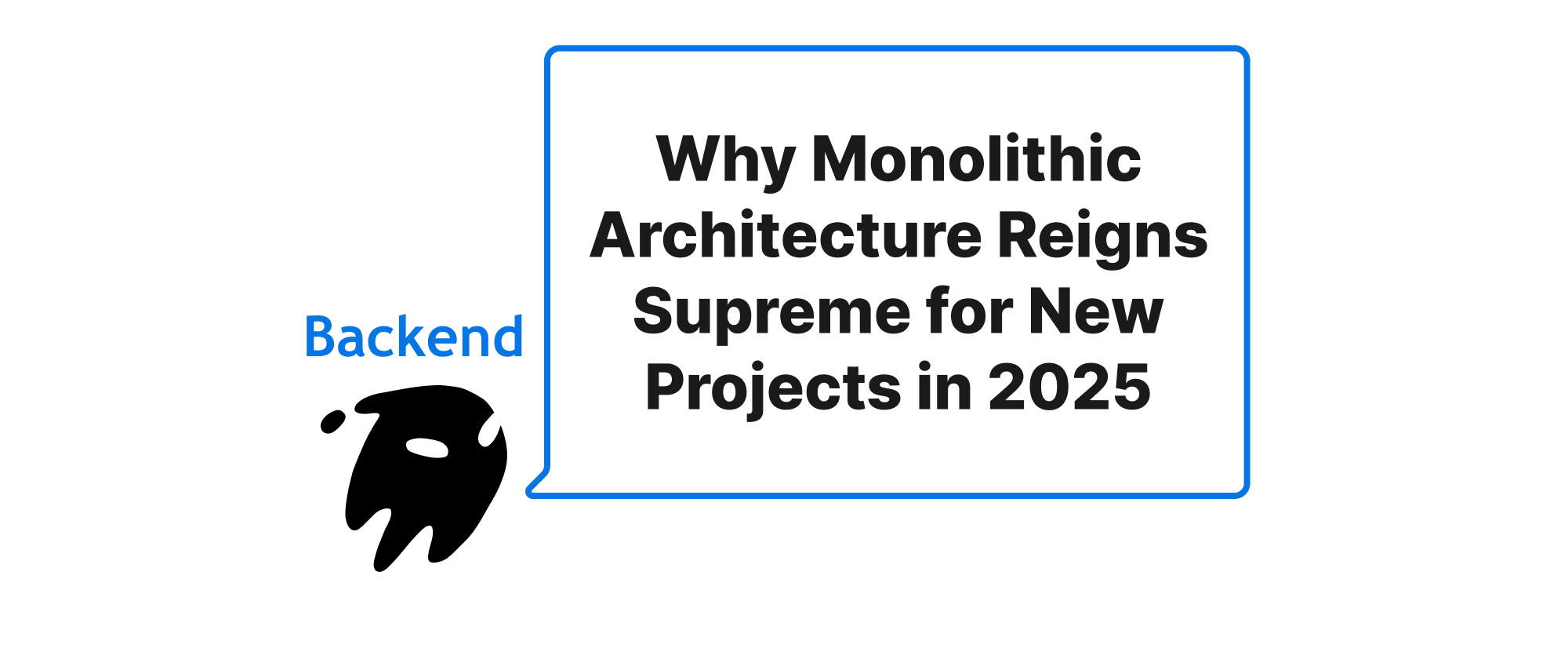Ensuring Microservice Compatibility with Consumer-Driven Contracts
Min-jun Kim
Dev Intern · Leapcell

The Silent Killer of Microservices Integration Woes
In the dynamic landscape of modern software development, microservices architecture has emerged as a dominant paradigm, offering unparalleled scalability, flexibility, and independent deployability. However, this distributed nature also introduces a significant challenge: how do we ensure that independently developed and deployed services can communicate seamlessly without unexpected integration failures? Traditional integration testing often devolves into a complex, time-consuming endeavor, requiring elaborate test environments and tight coordination between teams. When a breaking change occurs in a backend service, client applications or downstream services might not discover it until runtime, leading to production incidents and frustrated users.
This very problem highlights the critical need for a more efficient and reliable approach to integration testing in a microservices ecosystem. This is where "Consumer-Driven Contract Testing" with tools like Pact.io comes into play, offering a pragmatic solution to guarantee compatibility and foster independent development. This article will delve into the principles and practical application of consumer-driven contract testing using Pact.io, demonstrating how it empowers teams to build resilient and well-integrated microservices.
Understanding the Pillars of Contract Testing with Pact
Before we dive deep into the implementation, let's establish a common understanding of the core concepts that underpin consumer-driven contract testing and Pact.io.
- Microservice: An independently deployable, small, and loosely coupled service focusing on a specific business capability.
- Consumer: A service or application that makes requests to another service. For example, an
Order Servicemight be a consumer of aProduct Servicewhen it needs product details. - Provider: A service that responds to requests from another service. In the previous example, the
Product Serviceis the provider to theOrder Service. - Contract: A formal agreement between a consumer and a provider, outlining the expected format of requests and responses. This contract specifies the interactions that the consumer expects from the provider.
- Consumer-Driven Contract (CDC) Testing: A development practice where the consumer defines the contract. The consumer writes tests that specify the data it expects from the provider and the data it sends to the provider. These "consumer contracts" are then used to verify that the provider adheres to these expectations.
- Pact.io: An open-source framework for consumer-driven contract testing. It allows consumers to define their expectations of a provider's API in a way that can be verified against the provider's actual implementation.
The Principle Behind Consumer-Driven Contracts
The fundamental principle behind CDC testing is a shift in responsibility for defining the integration points. Instead of the provider dictating the API (which can lead to consumers breaking when the provider changes their API unexpectedly), the consumer explicitly states what it needs and expects from the provider. This definition becomes the contract.
Pact.io facilitates this by allowing the consumer to:
- Define Expectations: The consumer service writes a "Pact test" where it specifies the exact HTTP requests it will send to the provider and the exact HTTP responses it expects to receive. This includes the request method, path, headers, body, and the expected response status, headers, and body.
- Generate a Pact File: During the consumer's test execution, Pact.io records these defined expectations into a "Pact file" (a JSON document). This file represents the contract.
- Publish the Pact File: The consumer then publishes this Pact file to a "Pact Broker" (a central repository for contracts) or shares it directly with the provider team.
- Verify the Provider: The provider service then uses this Pact file to verify its own API implementation. Pact.io runs "provider verification tests" that replay the requests defined in the contract against the actual provider service. If the provider's responses match the expectations in the Pact file, the contract is fulfilled. If there's a mismatch, the provider verification fails, indicating a breaking change.
A Practical Example: Order Service and Product Service
Let's illustrate this with a common scenario: an Order Service that needs to fetch product details from a Product Service to fulfill an order.
Consumer Side (Order Service)
The Order Service needs to fetch a product by its ID. Here's a simplified example using Java with Spring Boot and the Pact JVM library.
// OrderServiceConsumerPactTest.java import au.com.dius.pact.consumer.MockServer; import au.com.dius.pact.consumer.dsl.PactDslWith


